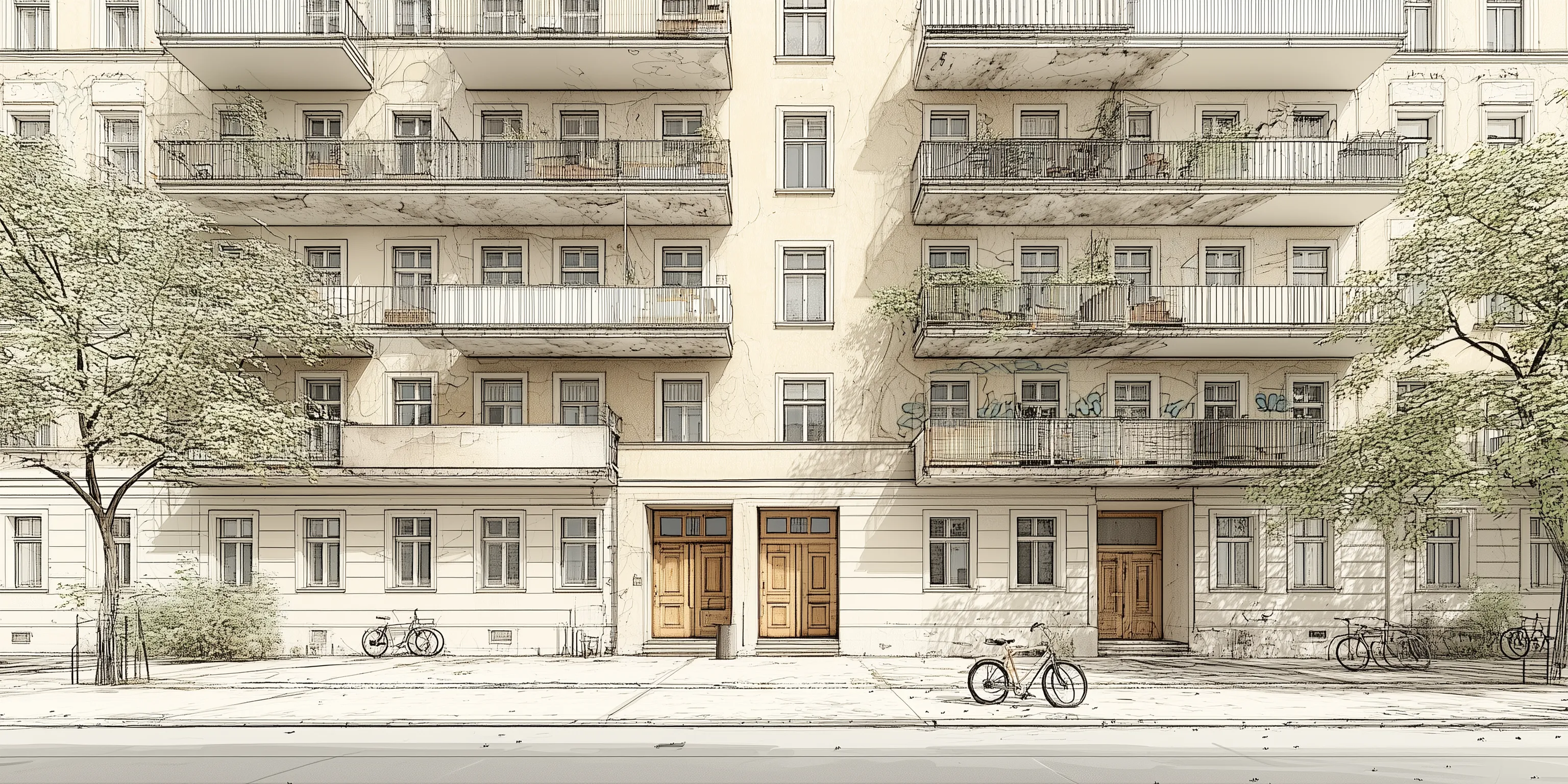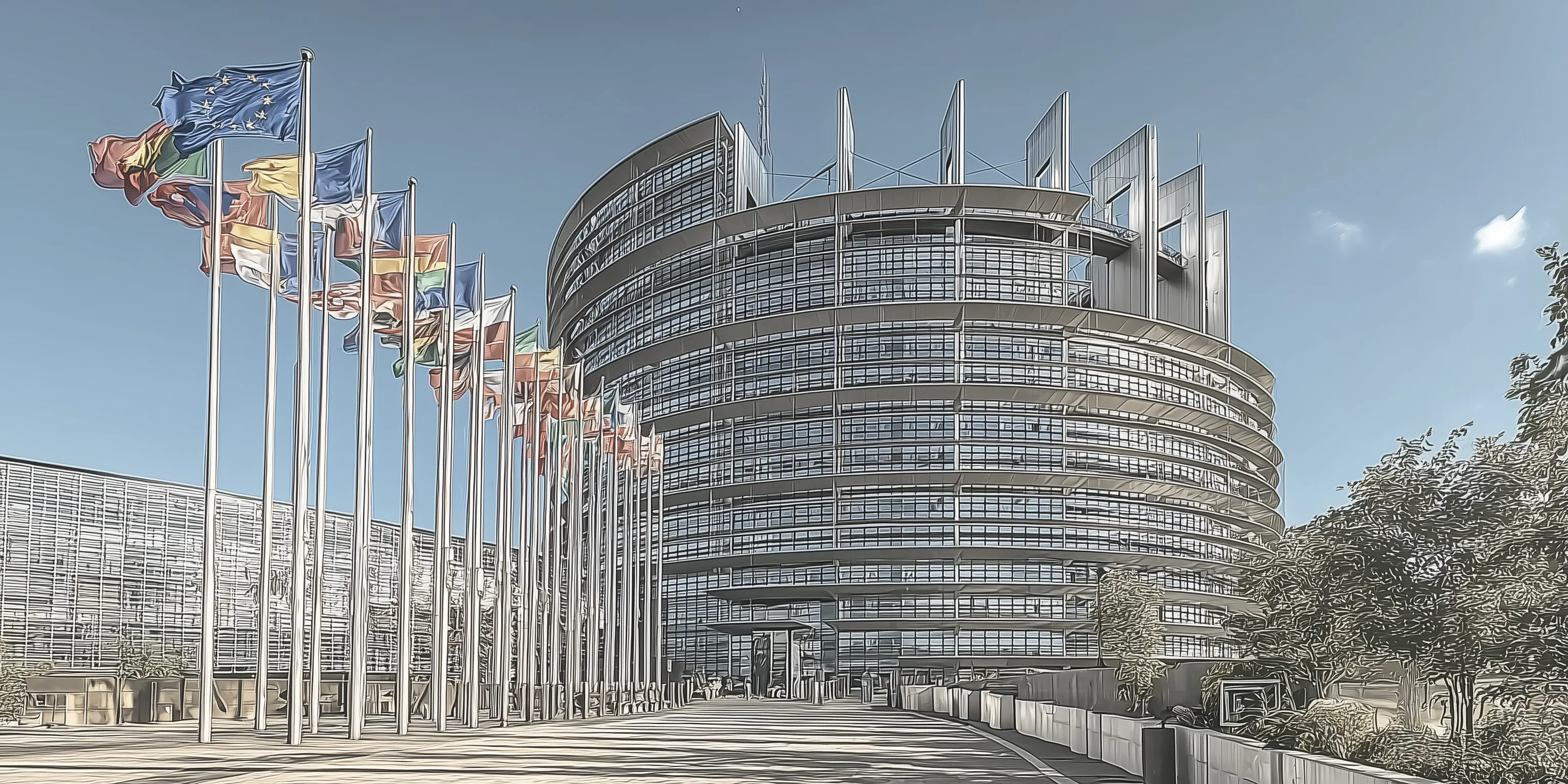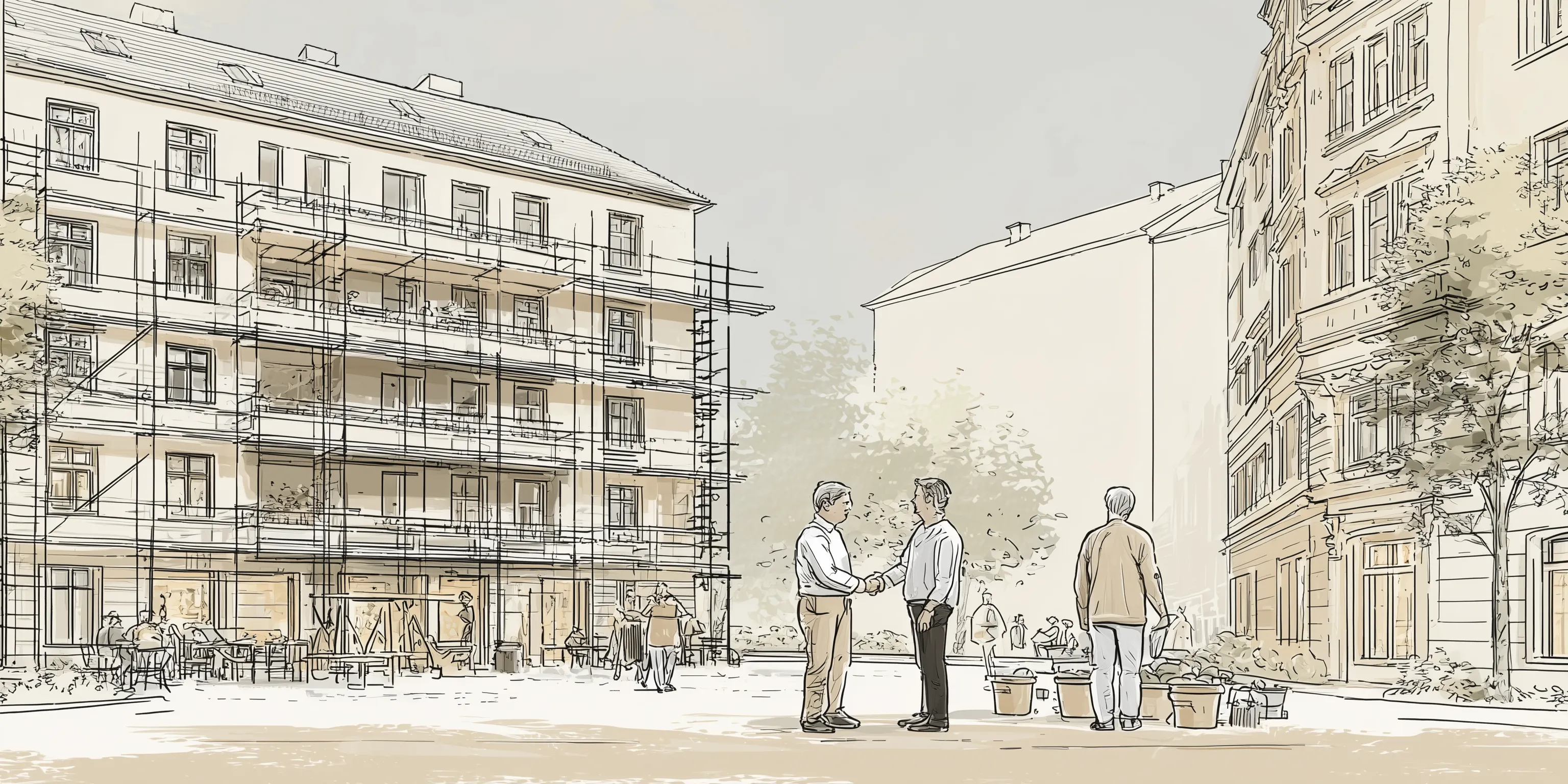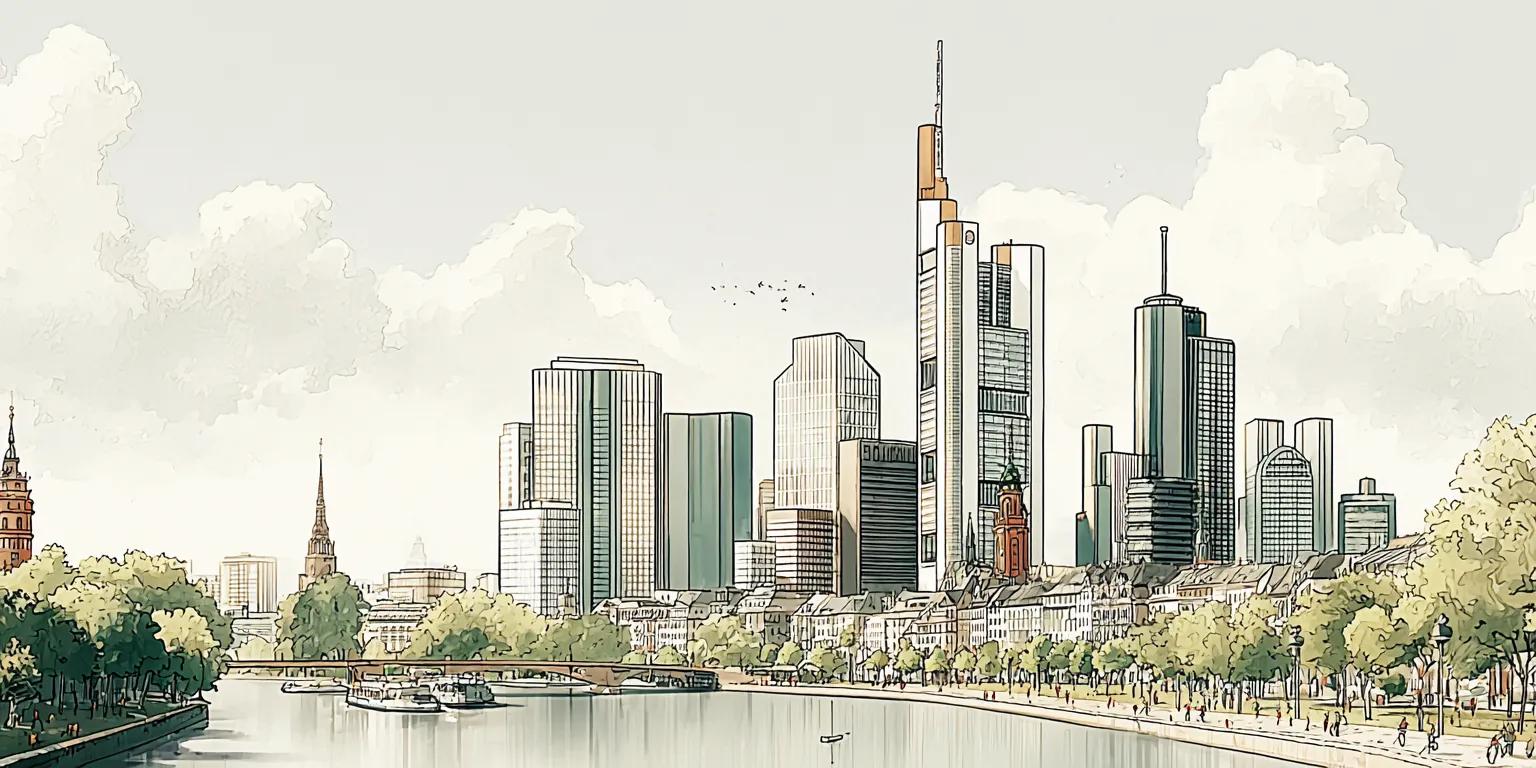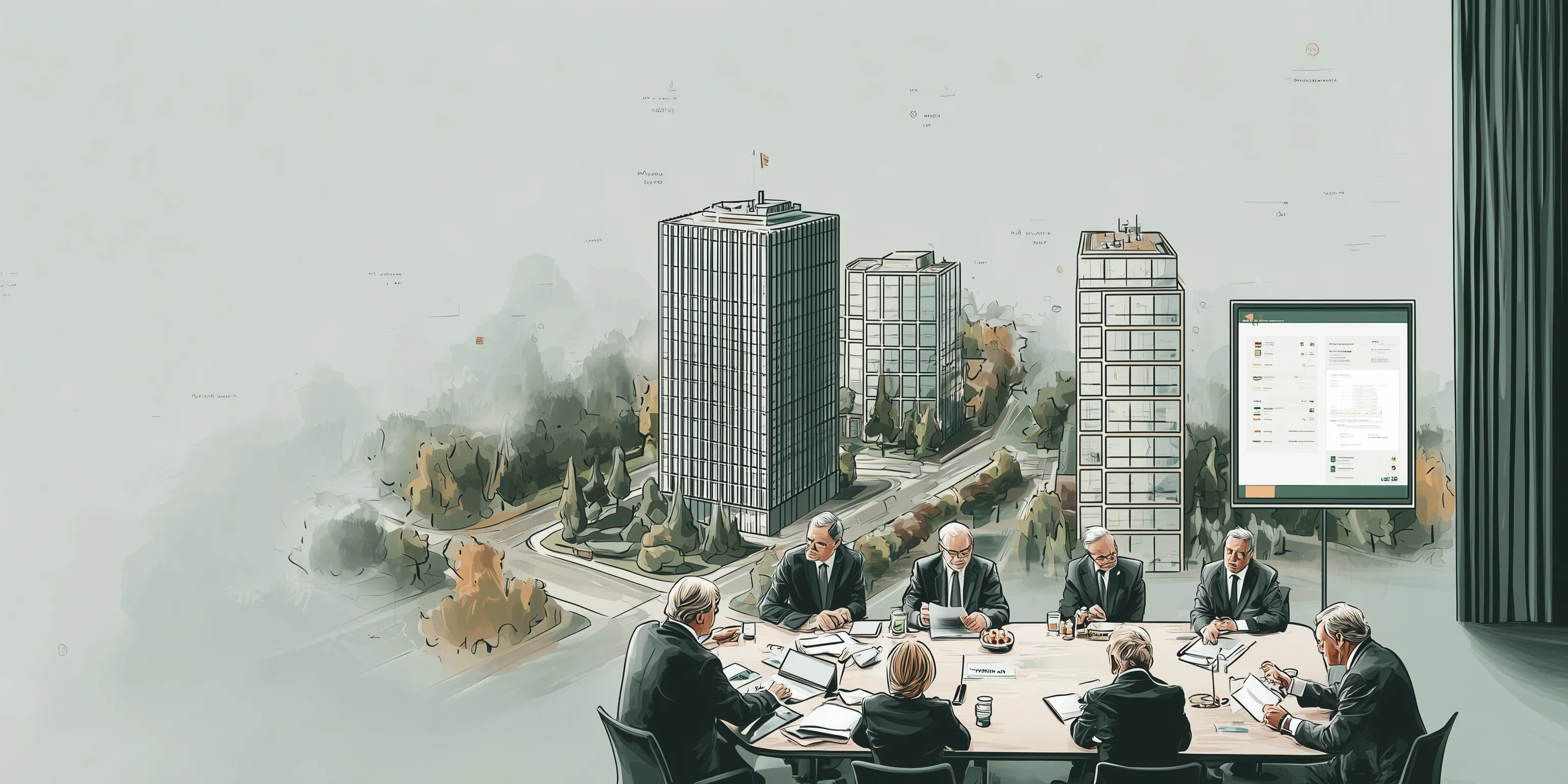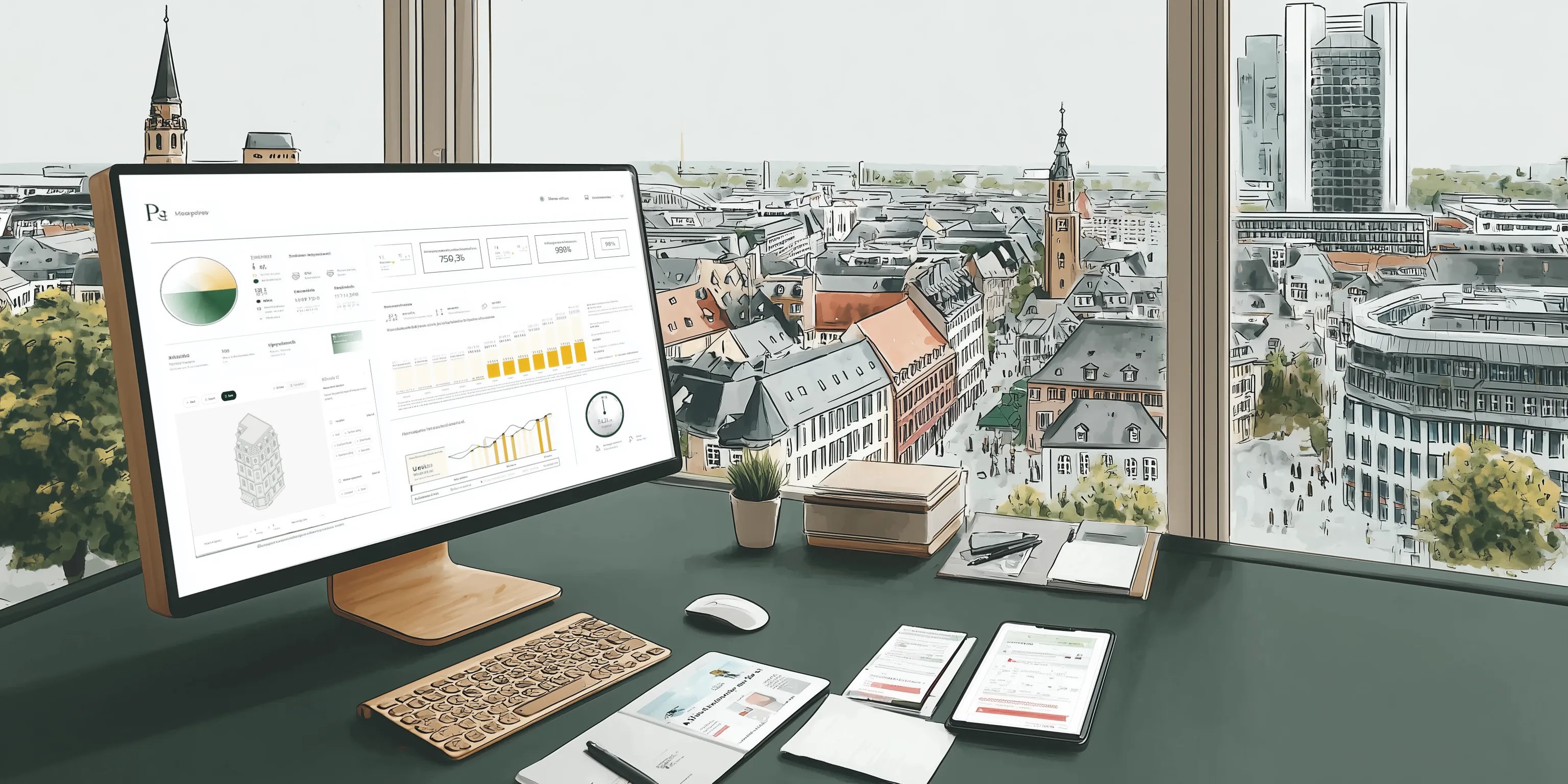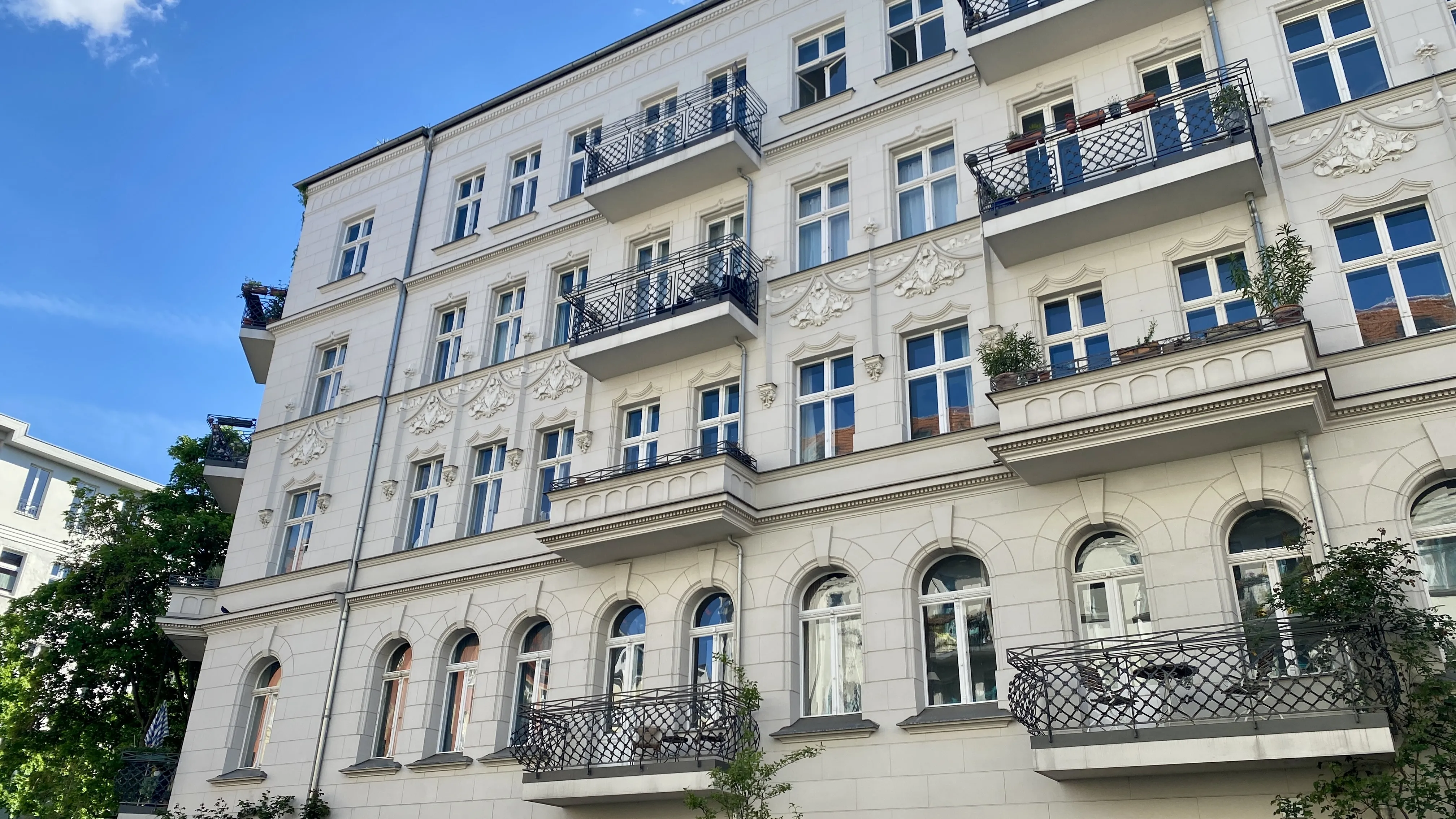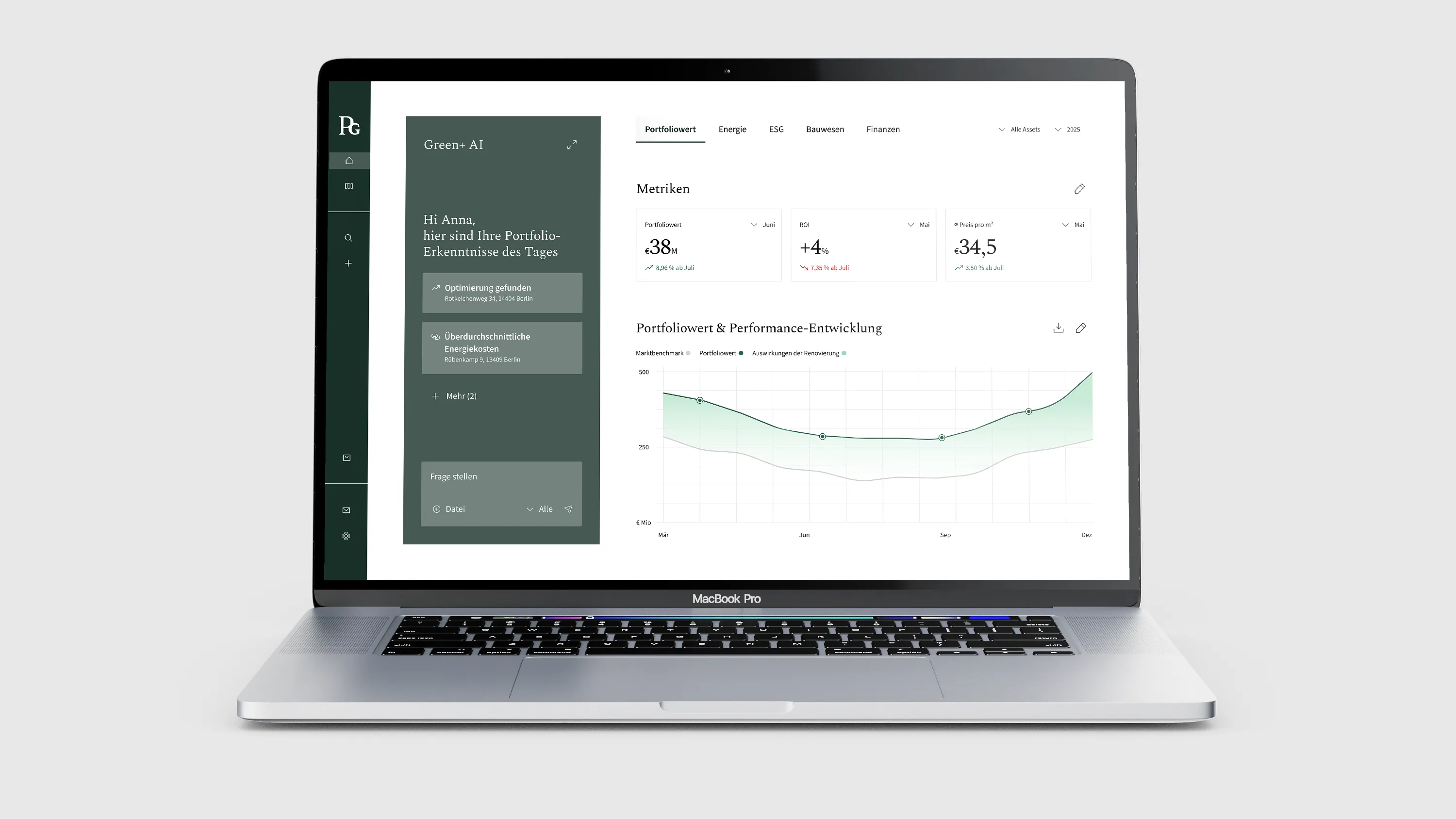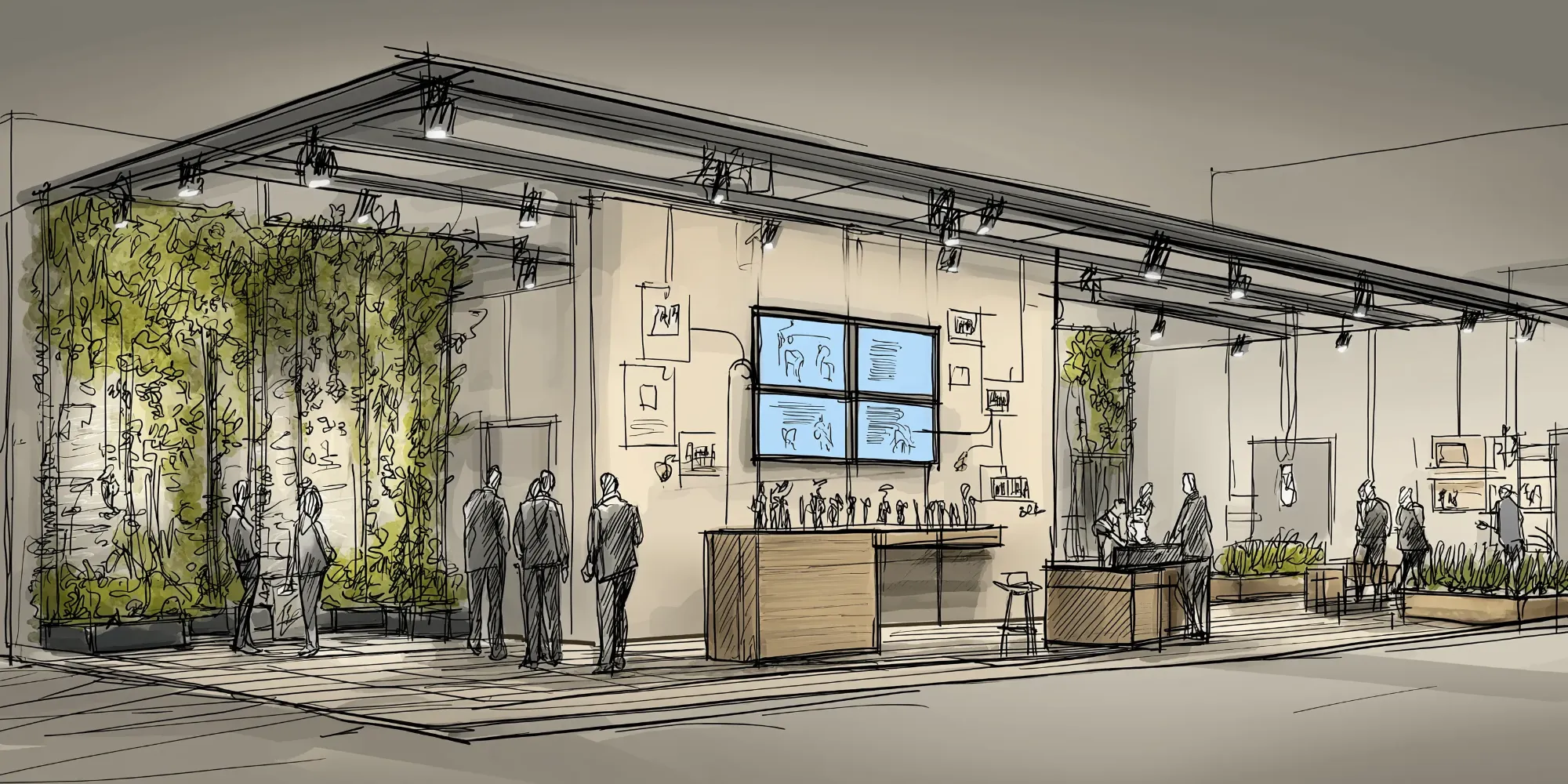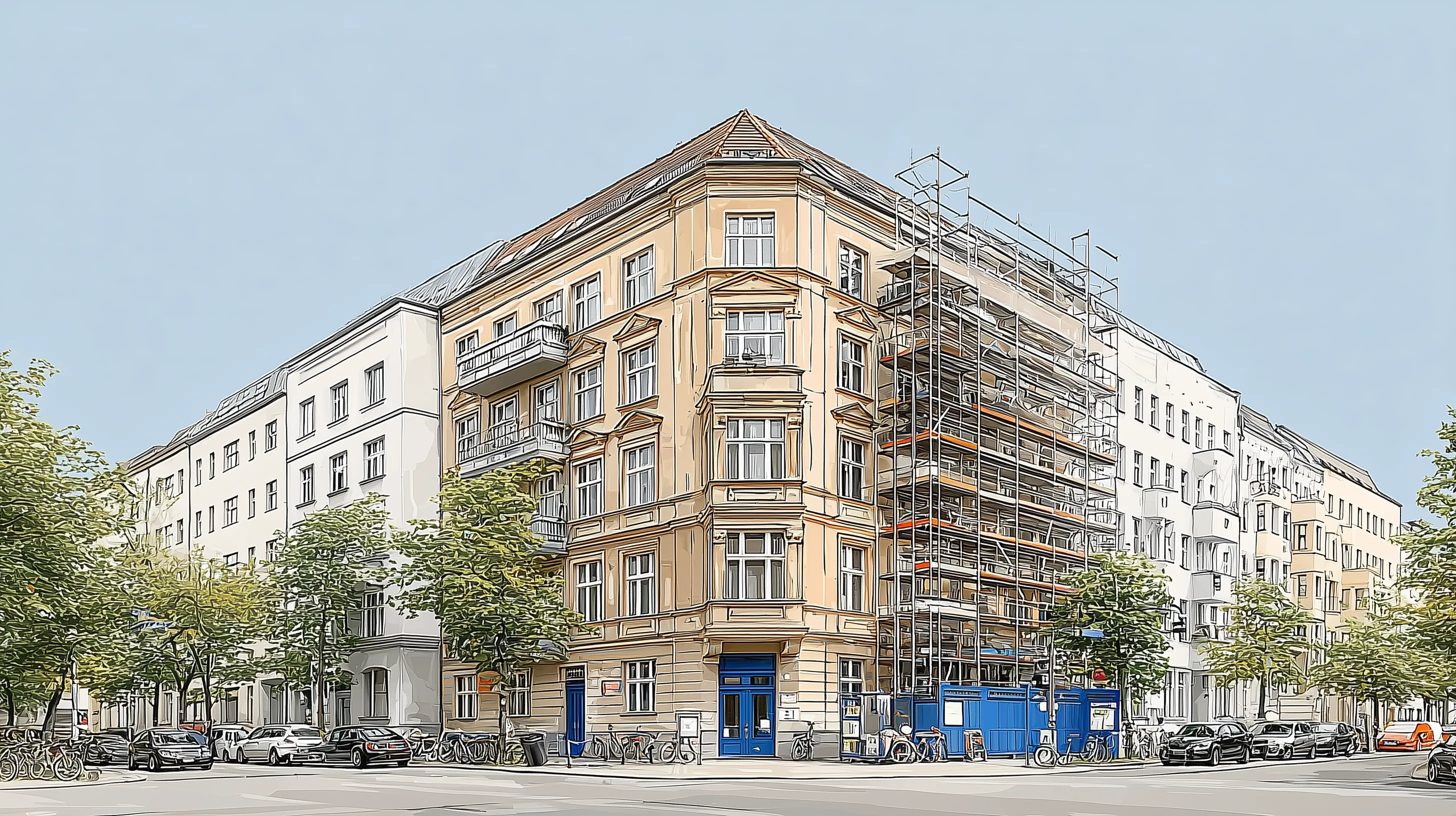About Purpose Green
Purpose Green is one of Germany's leading climate tech companies, headquartered in Berlin, transforming the building sector with comprehensive end-to-end solutions for energy-efficient refurbishments and ESG-led asset management. Purpose Green is the only company in Germany to offer the real estate industry a holistic, modular approach: Through its proprietary Green+ portal, intelligent software solutions are connected with expert ESG and energy consulting and operational construction management.
Property owners, managers, and institutional funds receive tailored support in the transformation of multi-family homes, residential and commercial buildings, and office buildings – both at the individual property and portfolio level. Purpose Green thus enables them to efficiently achieve individual sustainability goals, significantly reduce CO₂ emissions, and simultaneously future-proof real estate with regard to value retention and sustainable value enhancement.
Purpose Green was founded in 2023 by Okitonga Memba and brothers Lucas and Lennart Christel. Backed by leading early-stage investors such as Speedinvest, Atlantic Labs, and Fifth Wall, Purpose Green is driving a sustainable transformation toward decarbonizing the real estate sector.
Press contact

PR & Communications Manager
presse@purpose-green.com

